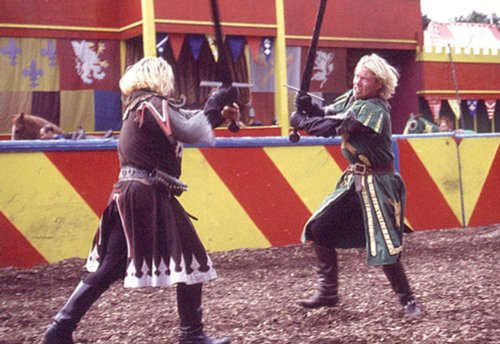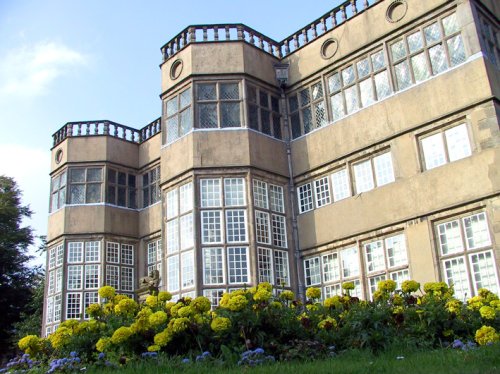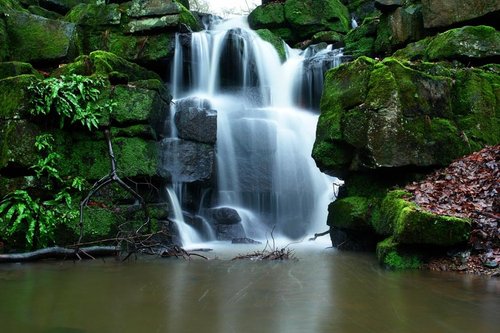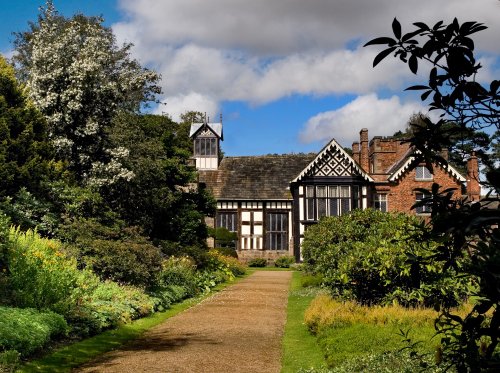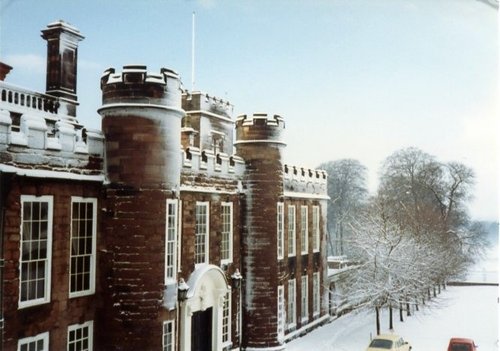Pictures of Wigan
About Wigan
Wigan is a sociable town with a long history, it received it's Royal charter in the middle of the 13th-century, but prior to that the Roman's had built a settlement here.
By the time of the 14th-century the fields around Wigan were being mined for coal, and the town had started a market - this continues to this day, when traders set up gaily covered stalls in Wigan's traditional market square. By the 15th-century the town had become a substantial centre for clock-making, weaving, and the manufacture of pewter.
The Industrial Revolution hit Wigan through the construction of the Leeds and Liverpool Canal. This is the longest canal route in Britain, and in 1791 it linked the town to Liverpool. The famous Wigan Pier was the central loading point for canal traffic during the 18th, 19th and early 20th-century. This is now is now one of the town's major attractions, it's cobbled pavements echo to the clattering heels of tourists flocking to the Pier's shops, bars and restaurants. A heritage centre can be found on the pier, this tells the story of the town, and shows regular changing exhibitions. There is a reconstruction of a 19th-century schoolroom complete with living actors in period costume, canal boat rides and a full-time Pier-master. Also exhibited are some of the old traditional industries, these include clog making and textiles.
Cotton was important to the town, further along the canal lies Trencherfield Mill, this houses an impressive working mill steam engine which is said to be the largest in the world. It has a giant flywheel and it can be seen working daily as part of the regions heritage in connection with cotton.
The parish church dedicated to All Saints is from the 13th-century, this shows rebuilding of the 19th-century together with a graceful clock tower adorned with intricate pinnacles. Inside there is exquisite stained glass by William Morris, monuments from the 14th-century and parish registers of births, deaths and marriages go back to 1600.
Wigan played a part in the English Civil War, this is borne out by a monument in Wigan Lane marking the site of a battle of 1651 between Royalist supporters of Charles I and the Parliamentarians, on the day the Royalists troops were defeated.
Places of outdoor pleasure include the beautiful grounds of Haigh Hall, a 19th-century mansion that was once the home of the Earls of Crawford and Balcarres. This is now a country park, with wonderful walks and plenty for children to do. Mesnes Park in the centre of the town provides a tranquil oasis for weary shoppers, tired workers, or simply a place to take a picnic. It has a range of "up to the minute" facilities, including tennis courts, skateboarding, bowling greens and multi-ball courts. There is a pavilion and new trees have been planted as part of the Mersey Forest project. There is boating on the canal.
The Wigan of today is a far cry from the town of a century or so ago. No longer do men cycle home covered in black dust from the coal mines, nor do you see anyone in clogs! This is a lively vibrant town with a multi-cultural society. It is well known for its football and for its first class rugby. Visitors will find friendly people, pleasant pubs, inns and a diverse range of restaurants serving every type of cuisine. There are golfing facilities in the region, Haydock Park horse-racing course is within easy driving distance, and for nature lovers willing to venture a little further, there is spectacular sea-wildlife to be seen along the stretch of coast from the mouth of the Mersey to well past Southport.
